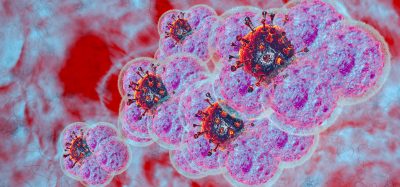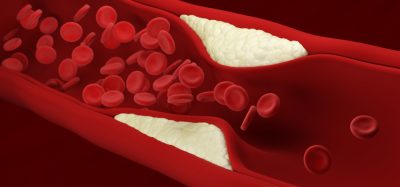Engineered immune cells for improved cancer defence
Posted: 26 September 2023 | Drug Target Review | No comments yet
A collaborative team has uncovered a method to extend the functionality of CAR-T cells.
A collaborative team has uncovered a method to extend the functionality of CAR-T cells.
Among the available immunotherapies, CAR-T cell therapy has emerged as a highly effective approach against specific blood cancers. One significant obstacle to its success lies in the premature dysfunction of these engineered immune cells, which are modified outside the body. A collaborative team from the Universities of Geneva (UNIGE), Lausanne (UNIL), Geneva University Hospitals (HUG), and Vaud University Hospital (CHUV), all part of the Swiss Cancer Center Léman (SCCL), has uncovered a method to extend the functionality of CAR-T cells. By inhibiting a specific metabolic process, they’ve managed to engineer CAR-T cells with enhanced immune memory, providing them with the capability to combat tumour cells for a more extended duration. These promising findings have been documented in the journal Nature.
CAR-T cell immunotherapy involves extracting immune cells, typically T lymphocytes, from a cancer patient, modifying them in a laboratory setting to bolster their ability to identify and combat tumour cells, and subsequently reintroducing them into the patient. However, like other immunotherapies, many patients do not respond to the treatment or experience relapses.
Mathias Wenes, a research fellow who spearheaded this research in the laboratory of Pr Denis Migliorini at the UNIGE Faculty of Medicine and HUG’s Department of Oncology, explains, “CAR-T cells must undergo significant multiplication before administration. However, due to the patient’s disease history and the amplification process, the cells become exhausted, reaching a state of terminal differentiation that leads to their premature loss of function.”
The study unveiled a common metabolic mechanism shared by cancer cells and immune cells. In the absence of oxygen, cancer cells employ a specific survival strategy involving the utilization of the amino acid glutamine as an alternative energy source through a chemical process known as “reductive carboxylation.”
To explore the role of reductive carboxylation, the researchers inhibited this process in CAR-T cells using mouse models of leukaemia and multiple myeloma, both blood cancers. Notably, the mice treated with these modified CAR-T cells were nearly cured of their cancer, exceeding the expectations of the research team. Wenes explains, “Without reductive carboxylation, the cells do not differentiate as extensively, maintaining their anti-tumour function for an extended period. Moreover, they tend to transform into memory T lymphocytes, a type of immune cell that retains a memory of the tumour elements that need to be targeted.”
Memory T lymphocytes are pivotal in the secondary immune response, preserving memories of previously encountered pathogens and reactivating when needed, such as in viral or tumour pathogen scenarios. This principle extends to CAR-T cells: a higher number of memory cells enhances the anti-tumour response and improves clinical outcomes. The degree of differentiation of CAR-T cells thus emerges as a crucial factor in the treatment’s success.
The study also unveiled the intricate interplay between metabolism and gene expression. When T cells activate, histone modifications occur, condensing DNA in some regions while allowing the transcription of genes responsible for their inflammatory and killing functions. Reductive carboxylation influences DNA packaging through metabolites, which modify histones, preventing access to longevity genes. Inhibiting this process maintains the openness of these genes and encourages their transformation into long-lived memory CAR-T cells.
The scientists employed an already approved cancer treatment drug to inhibit reductive carboxylation, proposing its repurposing to enhance CAR-T cell production in vitro. While clinical trials are needed to validate the efficacy and safety of this approach, the authors are optimistic about its potential.
Related conditions
Cancer







